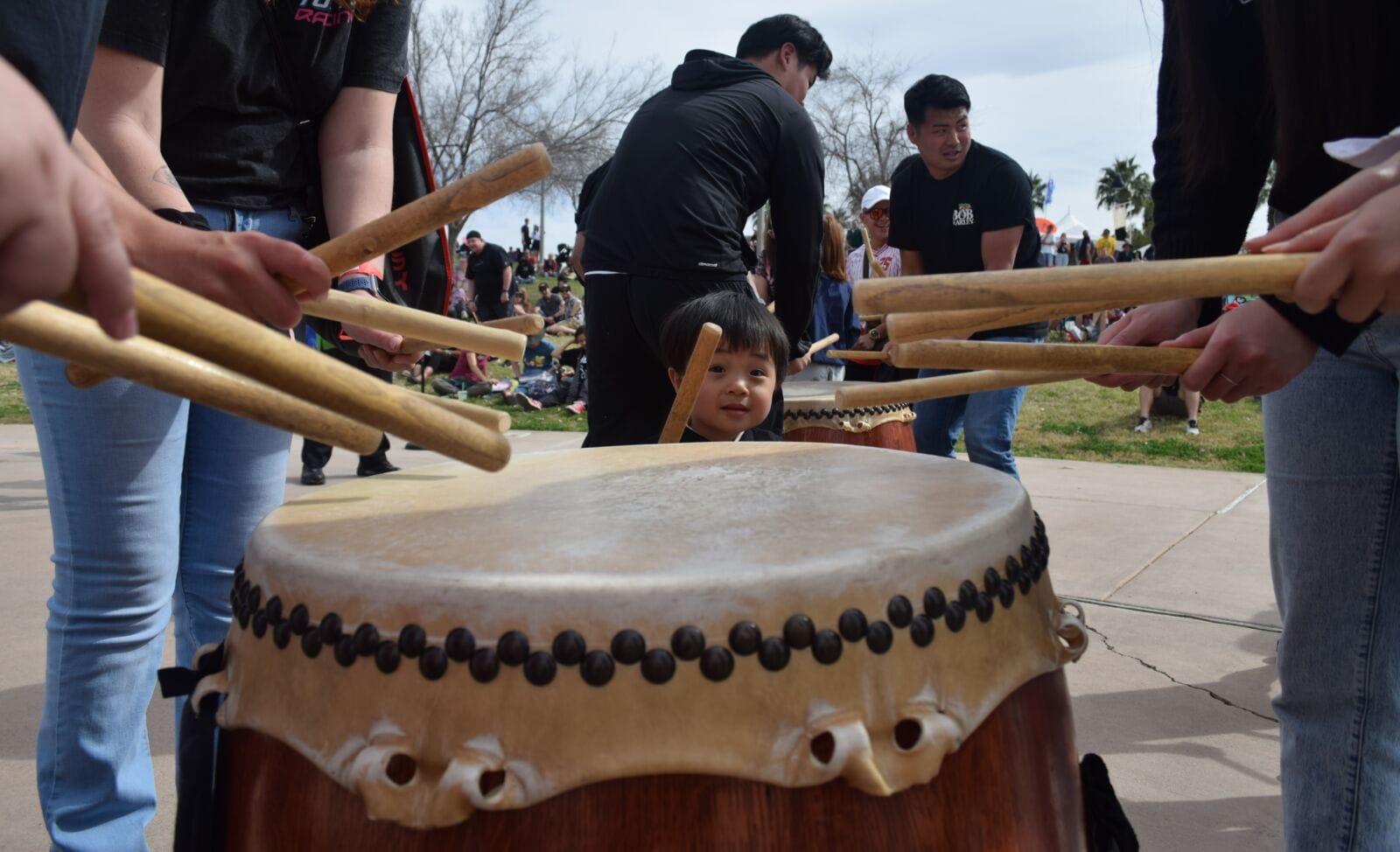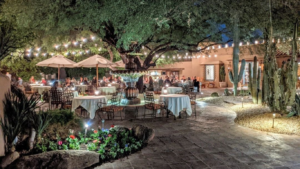Arizona has many connections to Japan; Phoenix has a sister cities partnership with Himeji, the Japanese Friendship Garden was created by the two cities, there are several Japanese martial arts schools in the state and there is a wide variety of Japanese restaurants. One of the most well-known aspects of Japanese culture in Arizona is the annual matsuri festival.
LEARN MORE: Phoenix ranks No. 9 among best cities in which to find love
Established in 1984, Arizona Matsuri is a nonprofit organization that aims to educate and share Japanese culture with Arizonans. Matsuri is a Japanese word that means “festival” and it is a time where people gather to give thanks and celebrate. In Japan, there are various matsuri festivals that celebrate various things and each region has its own type of celebration.
This year, Arizona Matsuri celebrated its 40th anniversary, returning to Steele Indian School Park to host the two-day festival. This year’s theme — sakura — focused on “a time of renewal and optimism.”
“The future is bright for Phoenix and Japan,” Phoenix Mayor Kate Gallego says during opening day. She highlighted the various economic achievements and cultural ties Phoenix has due to its Japanese partnerships.
Kenko Sone, the consul general of Japan in Los Angeles, also gave remarks. He thanked Arizonans for attending and wished for the festival’s continued success, saying he hopes to see it in 40, 50 and 100 years from now.
Performances of Japanese drumming, known as taiko, were a big draw. Several taiko groups — Kyo Rei Taiko Kai, Odaiko Sonora, Fushicho Daiko, Koshio Gumi — performed, displaying the power and intensity of taiko to attendees.

“The crowd gives us so much energy back,” Eileen Morgan, executive and artistic director at Fushicho Daiko Dojo, says. This is Morgan’s 29th year at Arizona Matsuri. She says that the festival is bigger and that there is more enthusiasm than previous years. She also says that it is “much more fulfilling to share [taiko] with people.”
The crowd was given the opportunity to play the taiko drums. All ages — children to adults — took a pair of bachi (“taiko drum sticks”) and drummed several rhythms.
Dance performances were also a highlight. Arizona Ondo Kai performed folk dances, encouraging the crowd to come and join them in dancing the simple steps. Other highlights of Arizona Matsuri included martial arts demonstrations, music, a beer garden and cosplay.
In addition to the cultural performances, Arizona Matsuri had dozens of vendors. 56 merchandise and 35 food vendors sold all kinds of things: happi coats, textiles, books, art, ramen, okonomiyaki and more. Many endured long lines and packed crowds to get the items they wanted.
Arizona Matsuri has grown since its establishment in 1984. The number of vendors has increased; 1994 saw 18 vendors, 2014 saw 56, 2023 saw 74. Attendance is enormous; in 2023, Arizona Matsuri estimated that 100-110,000 people attended the festivities.
2024’s Arizona Matsuri, if the data above is any indication, is expected to meet or exceed expectations. As more people become aware of Japanese culture, Arizona Matsuri will continue to be a staple in the state’s festival scene.




